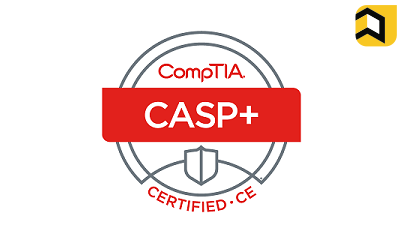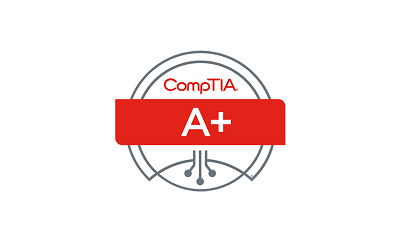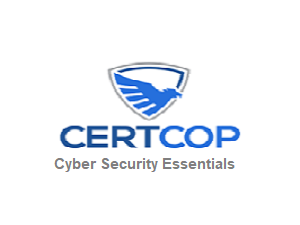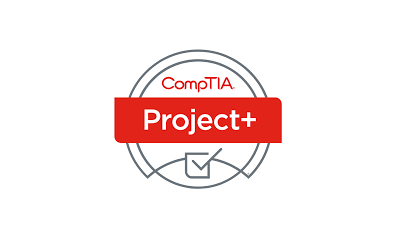Course Description
The new CompTIA Linux+ is for the IT pro who will use Linux to manage everything from cars and smartphones to servers and supercomputers, as a vast number of enterprises use Linux in the cloud, cybersecurity, mobile, and web administration applications.
In the new CompTIA Linux+, candidates are only required to pass one exam for certification. However, the new certification is no longer eligible for the LPI 2-for-1 offer.
- CompTIA Linux+ is the only job-focused Linux certification covering the latest foundational skills demanded by hiring managers.
- Unlike other certifications, the new exam includes performance-based and multiple-choice questions to identify the employees who can do the job.
- The exam covers tasks associated with all major distributions of Linux, setting the foundation for advanced vendor/distro-specific knowledge.
CompTIA Linux+ covers common tasks in major distributions of Linux, including the Linux command line, basic maintenance, installing and configuring workstations, and networking.
Program Objectives
Hardware and System Configuration
- Explain Linux boot process concepts.
- Given a scenario, install, configure, and monitor kernel modules.
- Given a scenario, configure and verify network connection parameters.
- Given a scenario, manage storage in a Linux environment.
- Compare and contrast cloud and virtualization concepts and technologies.
- Given a scenario, configure localization options.
Systems Operation and Maintenance
- Given a scenario, conduct software installations, configurations, updates, and removals.
- Given a scenario, manage users and groups.
- Given a scenario, create, modify, and redirect files.
- Given a scenario, manage services.
- Summarize and explain server roles.
- Given a scenario, automate and schedule jobs.
- Explain the use and operation of Linux devices.
- Compare and contrast Linux graphical user interfaces.
Security
- Given a scenario, apply or acquire the appropriate user and/or group permissions and ownership.
- Given a scenario, configure and implement appropriate access and authentication methods.
- Summarize security best practices in a Linux environment.
- Given a scenario, implement logging services.
- Given a scenario, implement and configure Linux firewalls.
- Given a scenario, backup, restore, and compress files.
Linux Troubleshooting and Diagnostics
- Given a scenario, analyze system properties and remediate accordingly.
- Given a scenario, analyze system processes in order to optimize performance.
- Given a scenario, analyze and troubleshoot user issues.
- Given a scenario, analyze and troubleshoot application and hardware issues.
Automation and Scripting
- Given a scenario, deploy and execute basic BASH scripts.
- Given a scenario, carry out version control using Git.
- Summarize orchestration processes and concepts.
Exam Details
Number of Questions: 90 questions
Type of Questions: Multiple choice and performance-based
Length of Test: 90 Minutes
Passing Score: 720 (on a scale of 100 to 900)
Recommended Experience
Recommended experience is 12 months of hands-on experience working with Linux servers in a junior Linux support engineer or junior cloud/DevOps support engineer job role. CompTIA A+, Network+, and Server+ or similar certifications and/or knowledge are also recommended.
Course Features
- Lectures 27
- Quizzes 0
- Videos Duration 16 Hours
- Skill level All levels
- Language English
- Students 291
- Certificate Yes
- Assessments Yes




